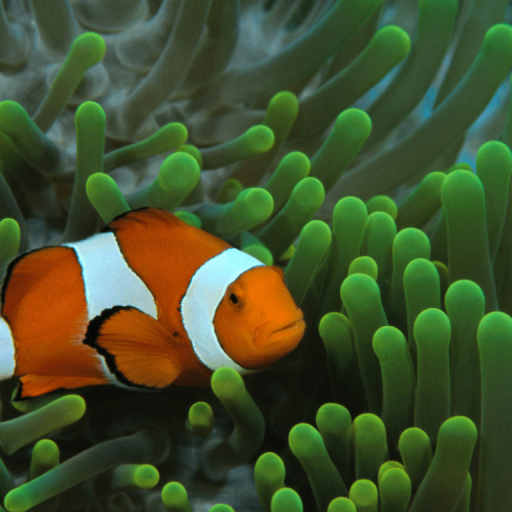
Looking to keep saltwater fish in your aquarium? Here you’ll learn everything there is to know about how to accommodate them in your tank, along with the different species, the number of fish you can keep, and the different diseases that might affect saltwater aquarium fish.
The following are the two main steps you need to take to introduce saltwater aquarium fish to your tank.
Of course, the very first steps will involve setting up your aquarium. Once you’ve done so, you can begin cycling the tank to prepare it for the addition of livestock. Cycling will make the water safe for fish and invertebrates.
Specifically, cycling involves building up beneficial bacteria in the tank that will help facilitate filtration. One type of bacteria will help convert toxic ammonia produced by fish waste into nitrites, which are also toxic. A second will help convert these nitrites into nitrates that aren’t as harmful.
You can begin cycling the tank by adding live rock or ammonia to the tank. Live rock is a popular option for cycling because it already has the bacteria needed to start the conversion process. If the live rock isn’t as effective as you’d hoped, you can also add some ammonia to begin the cycle.
Be sure to test the water once you’ve started to cycle the tank. You should see an increase in both ammonia and nitrite levels at first, after which they should gradually decrease to 0 ppm. A 50% water change can then further minimize any nitrate accumulation. This cycling process normally takes around six to eight weeks to complete. Increasing the oxygen levels and temp or adding filtration media from another aquarium can help accelerate the process.
Before adding saltwater aquarium fish to your tank, you must acclimate them to ensure they are comfortable once they enter it. This is because fish are highly sensitive to changes in water temperature and the overall environment, making it necessary to help them adapt.
You can acclimate new saltwater aquarium fish in various ways, but the following is one popular strategy you can try:
Not all saltwater fish follow the same feeding regimen, as they can be of many different species and might be carnivorous, herbivorous, or omnivorous. Make sure you learn about the different fish or other animals you have in your aquarium to determine how to feed them properly.
Some fish will feed on various organisms like plankton or krill that are often present in their natural environment. Meanwhile, you might need to feed others fish food such as pellets or flakes, which often contain fish-specific nutrients to help them stay healthy and grow.
Like with any other animal, avoid overfeeding your saltwater aquarium fish. By researching the fish’s diet and looking at instructions on fish food packaging, you can better determine when and how much to feed livestock.
Depending on the habitat and the susceptibility of different fish species, saltwater fish could fall ill from various diseases. Some of the main types of saltwater aquarium fish diseases include:
Do you need information on a specific type on fish for your saltwater aquarium? Each fish has different patterns and living habits We have all the requirements and reef safe information below in our care guides:
There are multiple factors to consider when keeping fish in a saltwater aquarium, which is why there is no definitive answer to this question. However, generally, you can keep an inch of fish per five gallons of water in a saltwater tank. The size of the tank, the type of filtration system you use, and the species of fish and other animals you keep are a few key factors that will help determine how to stock your aquarium.
If you are new and looking for a tank or if you have one already we have a guide for you. We can help you with rock-scaping and livestock ideas so you can find the best mix of compatible reef safe fish. Check out the stocking guides below: